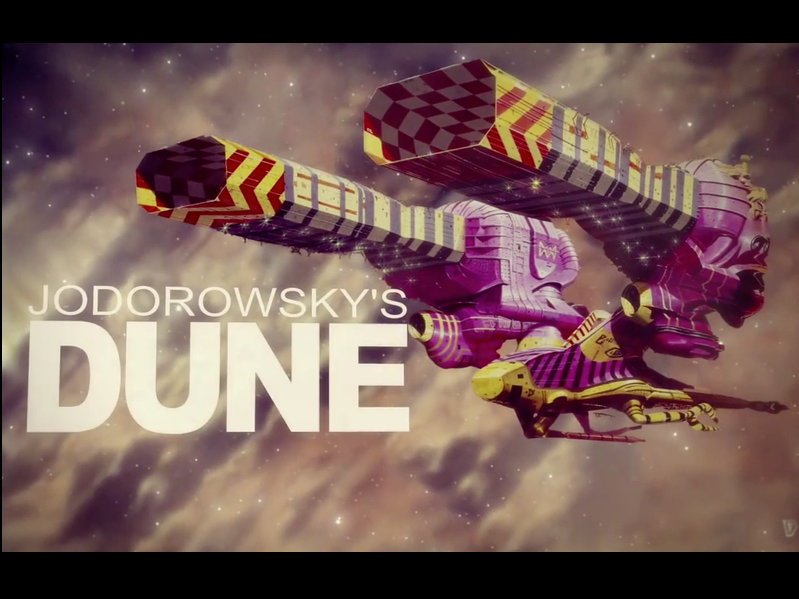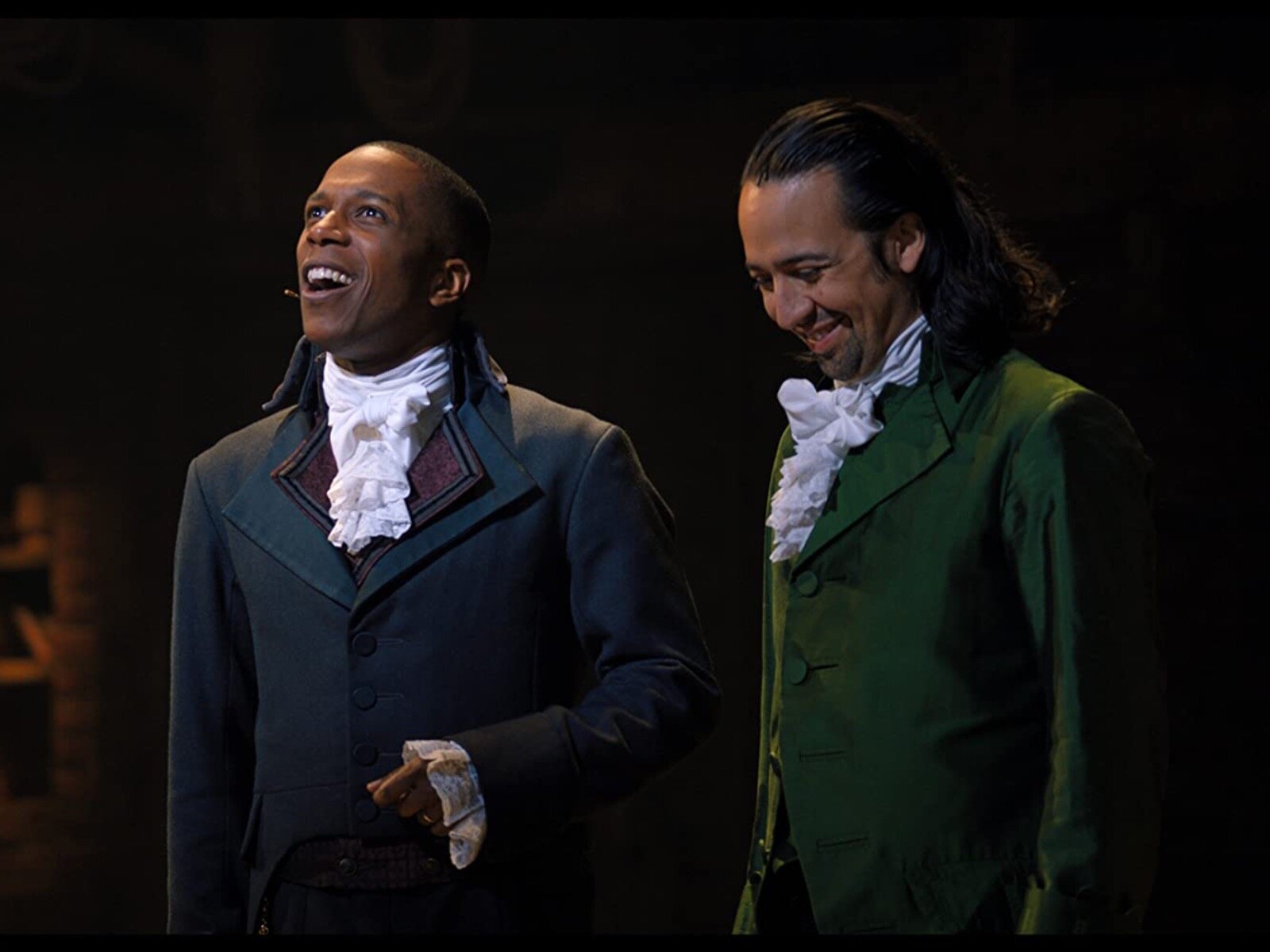By most definitions, director Alejandro Jodorowsky’s attempt to adapt Frank Herbert’s "Dune" to the big screen in the mid-’70s was a failure.
The filmmaker’s furiously inventive and imaginative movie never made it to the big screen, partly because it was expensive and partly because its creativity was nightmare-inducingly terrifying for notoriously cautious studio heads. Even if it had though, it’s hard to say it would’ve all turned out. The epic scope and visual concepts he wanted to attempt – galaxy-spanning long takes, massively scaled action sequences – would be tough now, much less 40 years ago. Plus, some of the film was just plain insanity, featuring outlandish costumes, graphic torture sequences, pregnancy via blood insemination and a villainous Orson Welles ruling a planet scored by prog rockers Magma.
But man … what a trip it would’ve been, at least judging by Frank Pavich’s hypnotically fun and fascinating documentary "Jodorowsky’s Dune," showing tonight at 7 p.m. at the UWM Union Theatre. We may never get a chance to see Jodorowsky's movie, but at least we – and Hollywood, for that matter – wound up with a pretty awesome contact high.
Coming off a few critically acclaimed arthouse classics ("El Topo," "The Holy Mountain") in the early ’70s, the Chilean-French auteur was ready to take on his most audacious project yet: the beloved sci-fi epic "Dune." Regardless of the fact that he’d never read the book (a hilariously common theme among his team), Jodorowsky wrote up a screenplay and began finding the "spiritual warriors" that would help make his "prophet" of a film, one that he hoped would be the hallucinatory cinematic equivalent of LSD (I want to live in a world where "Dune" is my anti-drug).
On his quest, Jodorowsky assembled an actual dream team of trippy artistic visionaries. French artist Jean "Moebius" Giraud put together the vividly realized storyboards with legendary sci-fi book cover artist Chris Foss and the dark twisted mind of H.R. Giger helping on the designs. Dan O’Bannon worked the special effects, while Pink Floyd and Magma would provide the music. That’s all without mentioning the bizarre cast, loaded with Mick Jagger, Salvador Dali, David Carradine and a bloating Orson Welles – who was convinced to join after Jodorowsky agreed to buy the chef from his favorite restaurant as his personal on-set food service.
With stars like that and visuals unlike anything seen before – palaces designed like magic eye tricks, spaceships resembling spiny patterned deep-sea fish – "Dune" was almost all set to go. Unfortunately, even with a gigantic phonebook of detailed plans in tow, the expensive project scared off Hollywood studios, petrified of a potentially 14-hour intergalactic philosophical and metaphysical trip. The film obviously never saw the big screen (Herbert's story eventually did under David Lynch’s watch, a mammoth failure that Jodorowsky can’t help but cheer) seemingly trapped forever in storyboards and imaginations.
His work, however, soon became the most influential movie never made. Giger, O’Bannon and Foss took their creative teamwork from "Dune" and wound up making a different sci-fi classic: "Alien." Even the series' half-brother "Prometheus" shows clear DNA from its "Dune" origins. Jodorowsky planned a robot POV shot that wouldn’t be seen until the likes of "The Terminator," as well as long one-take through the galaxy that sounds like the grandfather to the famous opening of "Contact." And the list of influences – from "Flash Gordon" to "Star Wars" – goes on and on, all fueled by a spark that never got to see its own fire.
In that regard, this documentary is about as close as most mortals will get to seeing Jodorowsky’s film, and Pavich captivatingly brings it to the screen in all of its surreal and magnetizing glory. It may be technically traditional in its talking head interview format, but Pavich finds ways to bring the movie out of mere oral history into cinematic life.
He ably moves between storyboards, sketches and concept art, animating some sequences including the opening one-shot through the galaxy. It’s as close as we’ll get to witnessing the real deal, and it’s quite a riveting showstopper – even when just recreated in rough hand-drawn storyboard sketches. Between those sequences – a drug trip between O’Bannon and Jodorowsky is another playfully animated highlight – the artists' excited descriptions and the tons of concept art, it’s deliriously easy to get sucked into the insane visuals and ideas in play.
A big key to that is the stealthily brilliant score from Kurt Stenzel. His hypnotic, bleeping techno score gives "Jodorowsky’s Dune" and the worlds being created on screen the perfect surreal accompaniment. With its help, you’re not just watching people talk about an unfinished film; you’re transported there. It’s a cinematic and even teleporting experience, rather than simply settling for a merely interesting informational one.
At the center of it all is Jodorowsky himself, as great and colorful a character as any fictional one he’s brought to the screen. This is a guy who angerly pitched "Dune" to Pink Floyd as "the most important picture in the history of humanity," and although he’s now grayed and in his 80s, the writer-director still speaks with the same artistic vigor. He talks in grand, borderline outlandish statements about making prophets and other animated proclamations, his crazed ideas only matched by his crazed ambition.
And yet it’s so all charmingly contagious (no more so when he stops mid-story to interact with his meowing cat). Pavich puts on display exactly why so many creative individuals would choose to drop everything (literally, in O’Bannon’s case) to follow him into cinematic battle: his boundless excitement for creativity – even in the case of a failed film – finding it and inspiring it in others. The only time the project’s sad fate really seems to hit is in a late interview concerning the studio system, briefly railing on how money destroys real creativity.
Yes, his dream may have been partially insane and, frankly, mostly improbable, but "Jodorowsky’s Dune" celebrates that artistic enthusiasm and effectively shows its worth – even in defeat. It convincingly asks why half-commit to a dream? If it blows up – as his did – who knows what will happen with the debris?
It’s a behind-the-scenes adventure as grand and compelling as the intergalactic adventure buried inside. And thanks to "Jodorowsky’s Dune," at least for 90 minutes, an invisible but indelible fingerprint on film and pop culture finally gets to enthrallingly breathe on the big screen.
"Jodorowsky's Dune" is playing at 7 p.m. at the UWM Union Theatre tonight. It's also available to rent on DVD on Netflix.
As much as it is a gigantic cliché to say that one has always had a passion for film, Matt Mueller has always had a passion for film. Whether it was bringing in the latest movie reviews for his first grade show-and-tell or writing film reviews for the St. Norbert College Times as a high school student, Matt is way too obsessed with movies for his own good.
When he's not writing about the latest blockbuster or talking much too glowingly about "Piranha 3D," Matt can probably be found watching literally any sport (minus cricket) or working at - get this - a local movie theater. Or watching a movie. Yeah, he's probably watching a movie.







